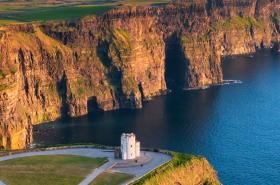Away off the top of Scotland is an archipelago where Stone Age men and women roamed, Iron Age forts stood tall and Vikings battled. It is a place where mysterious ancestors built enigmatic stone rings and German warships sank to the ocean floor.
These days, in a land where accents still sound more Nordic than Scottish – perhaps owing to the fact that Norway ruled Orkney until 1468 – the welcome is broad, the single malt flows and the brooding countryside dazzles the visitor. Here are but a few of the fascinating sights – and flavours – of Scotland’s Orkney.
St Magnus Cathedral
orkney-magnus.jpg

St Magnus Cathedral stands majestically in the heart of Kirkwall, the capital situated on the main island (called Mainland) of Orkney. Known as the Light in the North, it is Britain’s most northerly cathedral and was founded by viking Earl Rognvald in 1137, in honour of his uncle St Magnus.
It is built with yellow and red sandstone quarried on the archipelago, and has weathered remarkably well over 850 years. Take a guided tour, climb the tower for magnificent views in every direction (including the nearby ruins of the 12th-century Bishop’s Palace), and examine the stained-glass windows, including a hangman’s ladder design.
Highland Park Distillery
orkney-malting.jpg
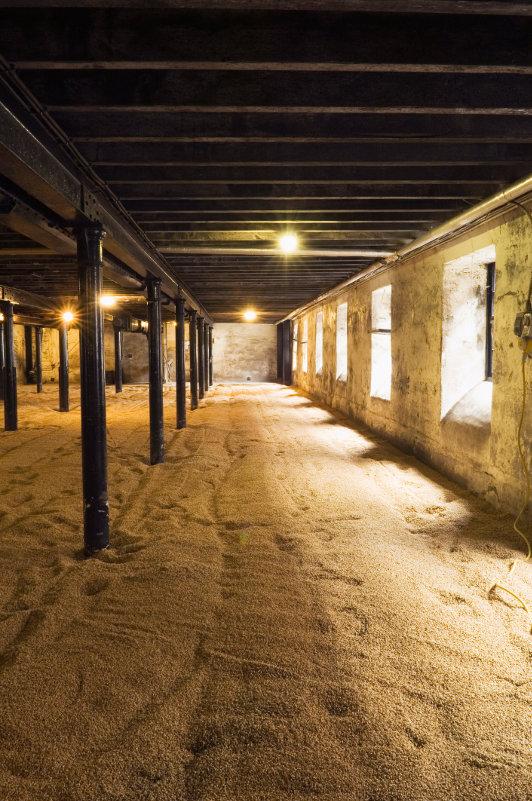
The peaty goodness of Highland Park’s single malt whisky originated a mere 200-odd years ago. Its traditional style of whisky-making has remained unbroken since 1798, and its products have consistently been named among the world’s best.
It retains a traditional malting floor, where each batch of malt (from barley steeped in water from the Crantit spring) is turned by hand. When it is ready, it is placed in a kiln for the aromatic peating process, using peat from Hobbister Moor, which is about 4,000 years old.
The whisky matures in sherry oak casks, and each batch is harmonised from a variety of cask types. You really can’t go past a tour of the distillery – with a tasting at the end.
Scapa Flow
orkney-scapa.jpg
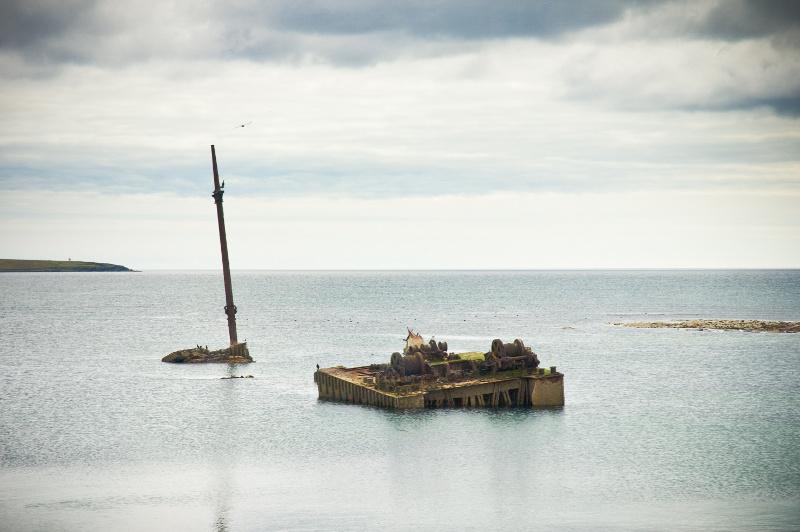
This brooding body of water surrounded by the islands of Mainland, Graemsay, Burray, South Ronaldsay and Hoy became the resting place for dozens of German warships after the country’s defeat in World War I. In 1919, German Rear Admiral Ludwig von Reuter scuttled 52 ships of the Imperial German Navy’s High Seas Fleet, which had been interned there.
During World War II, a German submarine attacked and sank the battleship HMS Royal Oak, which is now a protected war grave. These days, intrepid scuba divers can don a drysuit and explore the wrecks.
Also at Scapa Flow, take the time to step into the Italian Chapel, built by Italian prisoners of war during World War II.
Maeshowe
orkney-maeshowe.jpg
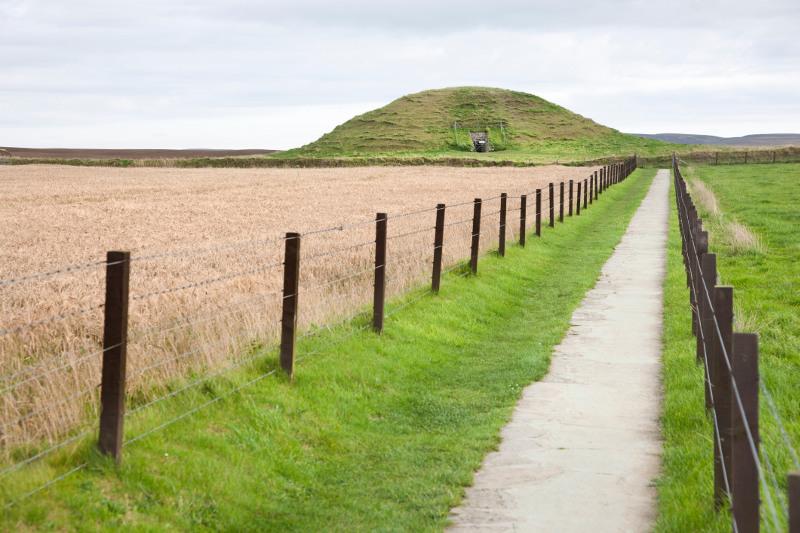
One of a collection of awe-inspiring places that make up the ‘Heart of Neolithic Orkney’ World Heritage Site, the prehistoric chambered cairn Maeshowe dates from about 2700 BC. It is similar to the Irish chambered tomb of Newgrange and, like Newgrange, aligns with midwinter, when for a few days each year the sun shines through the entrance and illuminates a wall of the central chamber. Take a tour of the tomb, and keep an eye out for Viking ‘graffiti’, showing that they visited the site during the 12th century.
Skara Brae
orkney-skarabrae.jpg
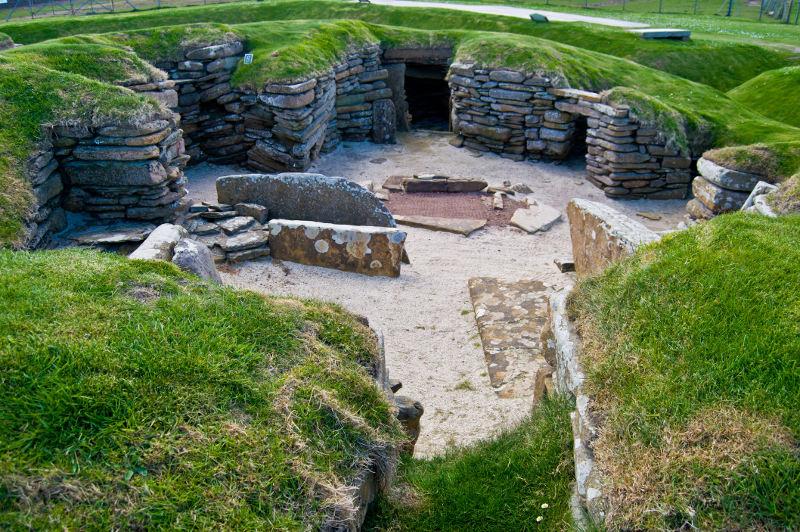
Another Heart of Neolithic Orkney site, Skara Brae is a stone-built settlement on the Bay of Skaill. It dates to 3180-2500 BC – making it older than the pyramids – and consists of eight houses sunk into the ground. The visitor looks down into a series of stone rooms linked by grass-covered passages. It offers an extraordinary connection to the lives of those who lived and worked here thousands of years ago.
Ring of Brodgar
orkney-brodgar.jpg
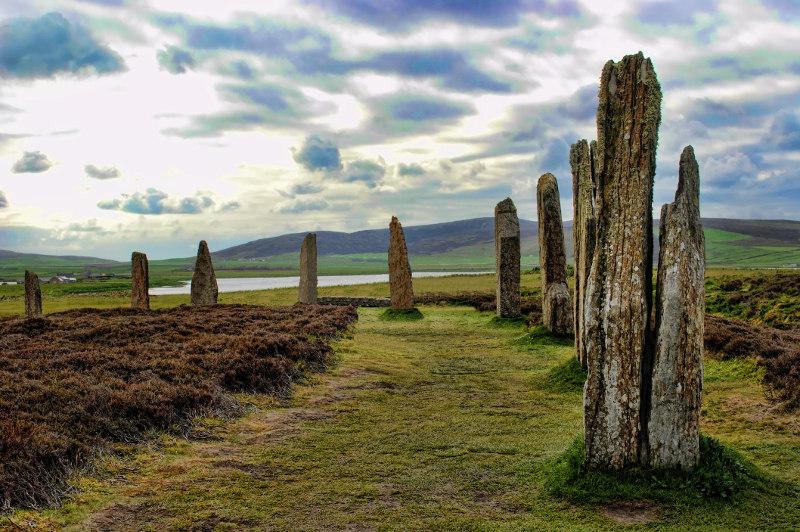
The mystical Ring of Brodgar at Stenness, thought to have been erected in 2500-2000 BC, is a massive stone circle that originally consisted of 60 stones, with a large ditch around it. Twenty-seven stones survive today, standing tall in a green field by some lochs.
It is an eerie place, which commands a certain stillness in the viewer. No one knows why it was built, but speculation includes as an astronomical observatory, a religious shrine or a place for rituals.
* Featured image: The Ring of Brodgar, Orkney
Orkney and its historic sights are just waiting to be discovered! Browse our elegant escapes in Great Britain or contact your local Travel Associates Consultant to book an escorted tour of Orkney and the Scottish Highlands.


